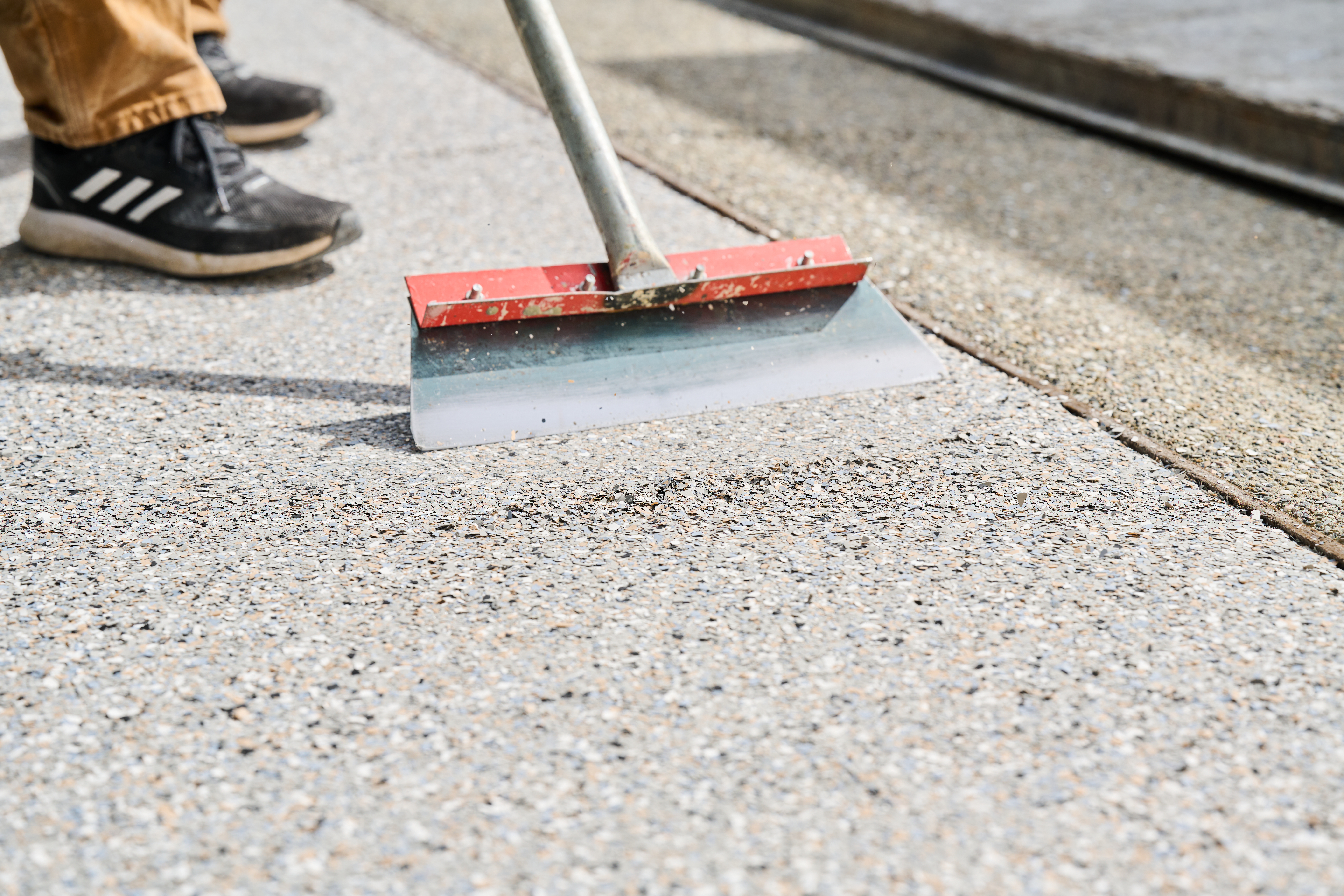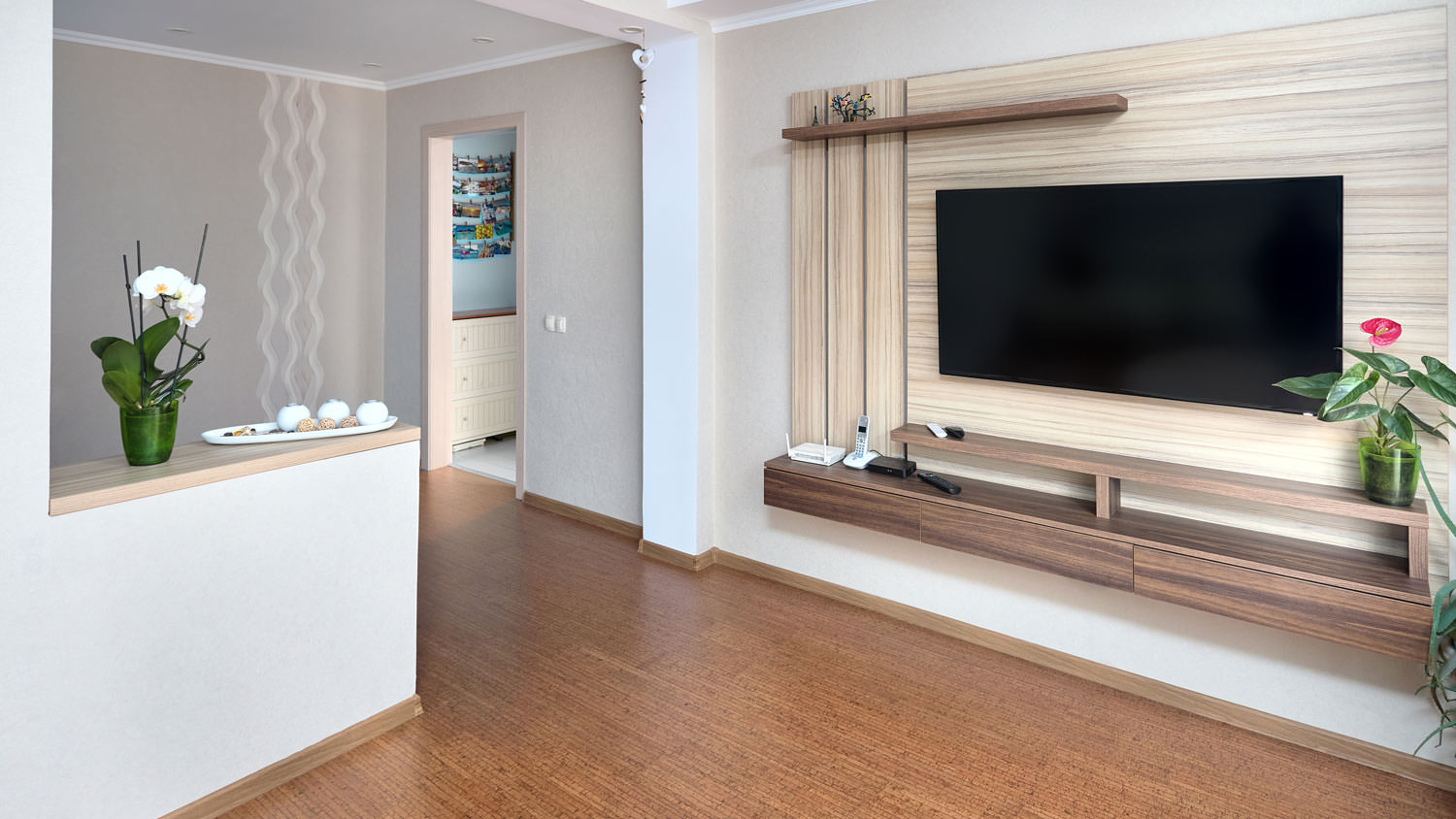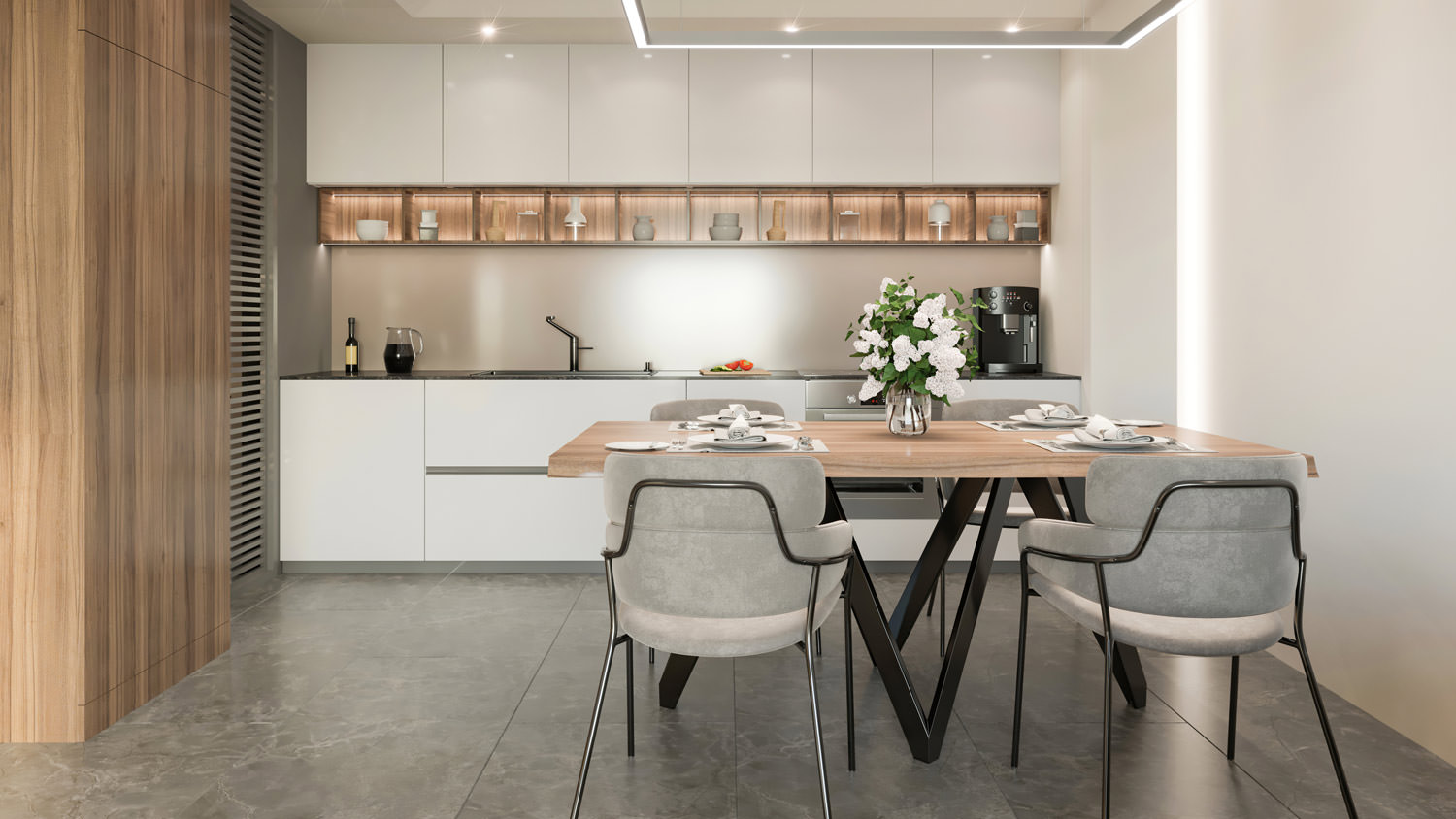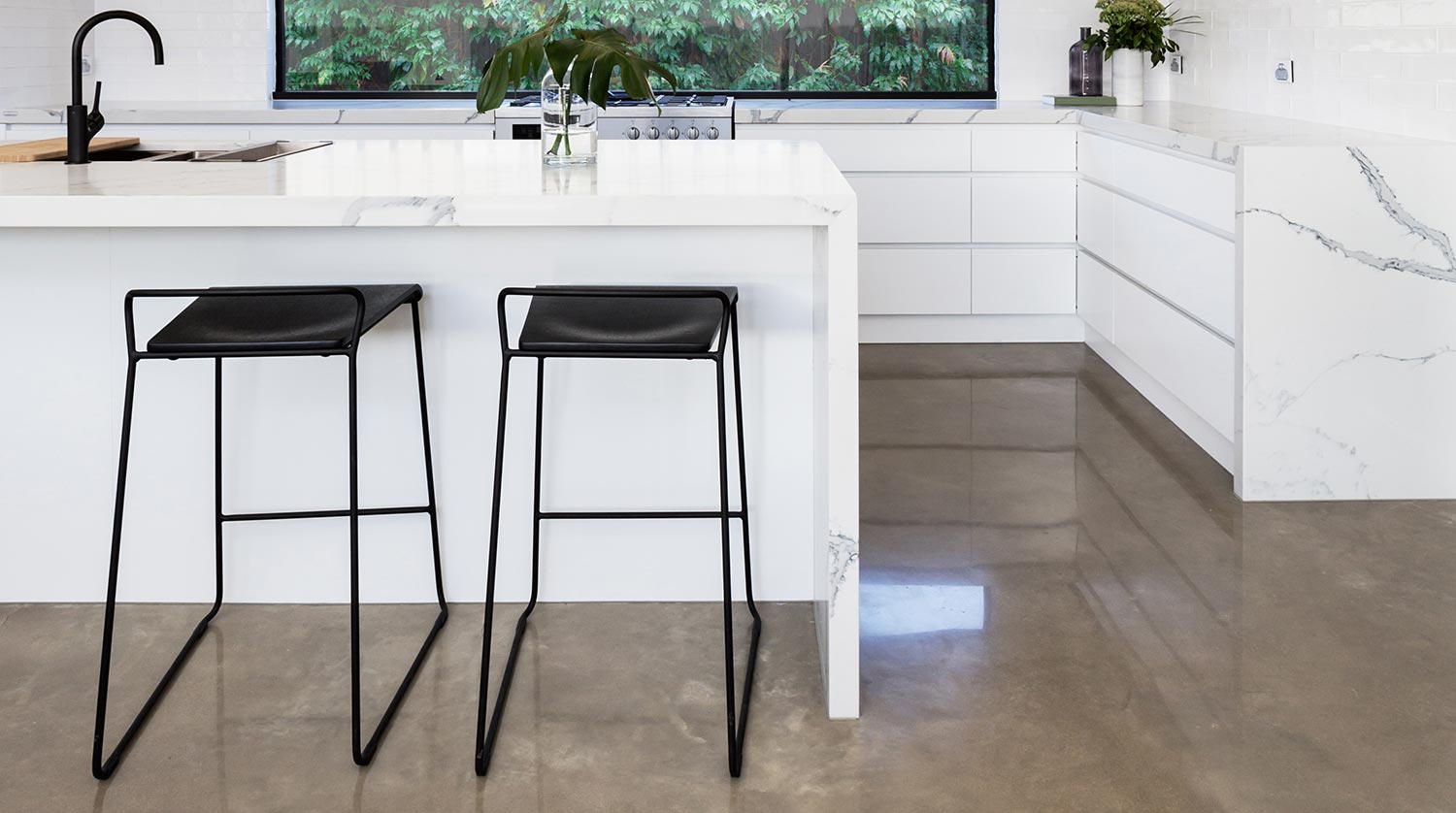
Terrazzo may cost more than many other flooring options, but its longevity and high return on investment make it worthwhile.
An oldie but a goodie for backsplashes, sideboards, and more


Terrazzo is a composite material commonly used for flooring.
Use it on walls, countertops, decor, and more.
Terrazzo is durable, sustainable, and easy to clean.
It can also be costly and become dull over time.
Materials and project type will impact cost.
Terrazzo may have originated in 16th-century Italy, but this retro-cool material is popping up everywhere from new modern builds to mid-century renovations. And it’s not just for flooring anymore. More and more homeowners are choosing to apply terrazzo elsewhere, including wall tiles, furnishings, and home decor. Read on to learn more about this popular material and the best ways to use it in your home.
Terrazzo is a composite material traditionally made of marble chips set into cement. Today, there are seemingly endless material (and color) possibilities, including quartz, glass, granite, metal, and more. It’s made by pouring a layer of epoxy resin or concrete and then pressing chips of different materials into the surface.
There are many options when it comes to using terrazzo throughout home improvement projects. You can use it for flooring and other surfaces or make it into custom tiles using thinset mortar and grout. You can also use it to create homeware and furniture.

Terrazzo floors are still the most popular use of this material. That said, terrazzo can be much more than just a flooring material.You can use it both indoors and out to create fun, unique patterns and designs. From backsplashes to furniture, here are some of the best ways to use terrazzo:
Slab countertops
Backsplash
Walls
Walkways
Tabletop
Coffee table
Planter
Sideboard
Bench
However you decide to get creative with terrazzo, it’s important to install it correctly. In most cases, professional installation is required. Just to give you an idea, here are a few popular uses of terrazzo and their installation methods:
Floors: After the existing flooring is removed and cracks are filled, custom terrazzo is installed over a concrete base.
Countertops: After a custom design is created, countertops are installed using epoxy terrazzo.
Walls: Terrazzo is applied vertically and is either precast or poured in place.
Compare the opportunities and drawbacks of terrazzo materials.
There are several benefits to this popular material, including its durability, uniqueness, and eco-friendliness. Here are some of the top advantages of terrazzo:
Known for its durability (when it’s properly installed)
It’s more stain-resistant than common materials like marble or granite
Every surface is unique
Customizable thanks to the range of colors, designs, and materials available
Easy to clean and maintain
Relatively sustainable since it reuses scrap pieces of materials that would otherwise be thrown away
Of course, terrazzo may not be the right choice for every homeowner. Here are a few potential disadvantages to consider:
Can become dull over time
More expensive than some other flooring types (installation costs are high), so it may not be suitable for everyone’s budget
Can’t DIY installation—terrazzo cracks easily if it’s not installed correctly, and it’s also just not as aesthetically appealing unless it’s professionally done
Can be a slipping hazard because it has an especially smooth and slick surface
Wondering how much terrazzo countertops cost, as well as terrazzo furniture, homeware, and more? Prices vary widely depending on the aggregate materials used, the complexity of the pattern and color scheme, and the installation technique. That said, according to HomeAdvisor, terrazzo tiles cost between $15 and $70 per square foot, not including labor. You can expect to pay between $25 and $80 per square foot after adding installation costs.
From average costs to expert advice, get all the answers you need to get your job done.

Terrazzo may cost more than many other flooring options, but its longevity and high return on investment make it worthwhile.

Updated flooring can make any room in your home feel brand new. Explore flooring installation costs in Charlotte, NC, from materials to labor costs.

Most people wrap floor removal into a larger project, but the itemized cost to remove laminate flooring depends on the size and state of the floor.

Updated flooring can make any room in your home feel brand new. Explore flooring installation costs in Columbus, OH, from materials to labor costs.

Discover the cost to polish concrete floors, including price ranges, key cost factors, and tips to help you budget for your next flooring project.

Uneven floor joists don’t just lead to annoyingly sagging floors; they could be a sign of bigger issues. Here’s who to hire to fix flooring joists.